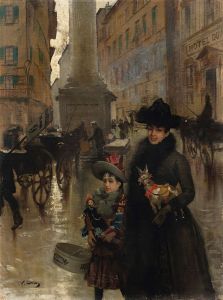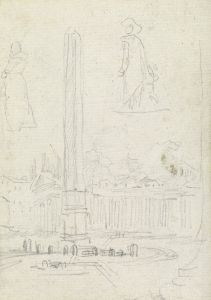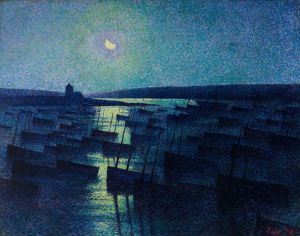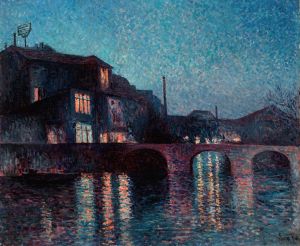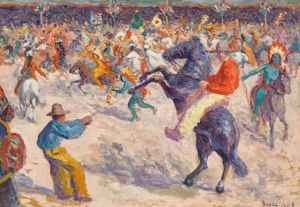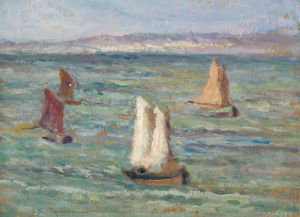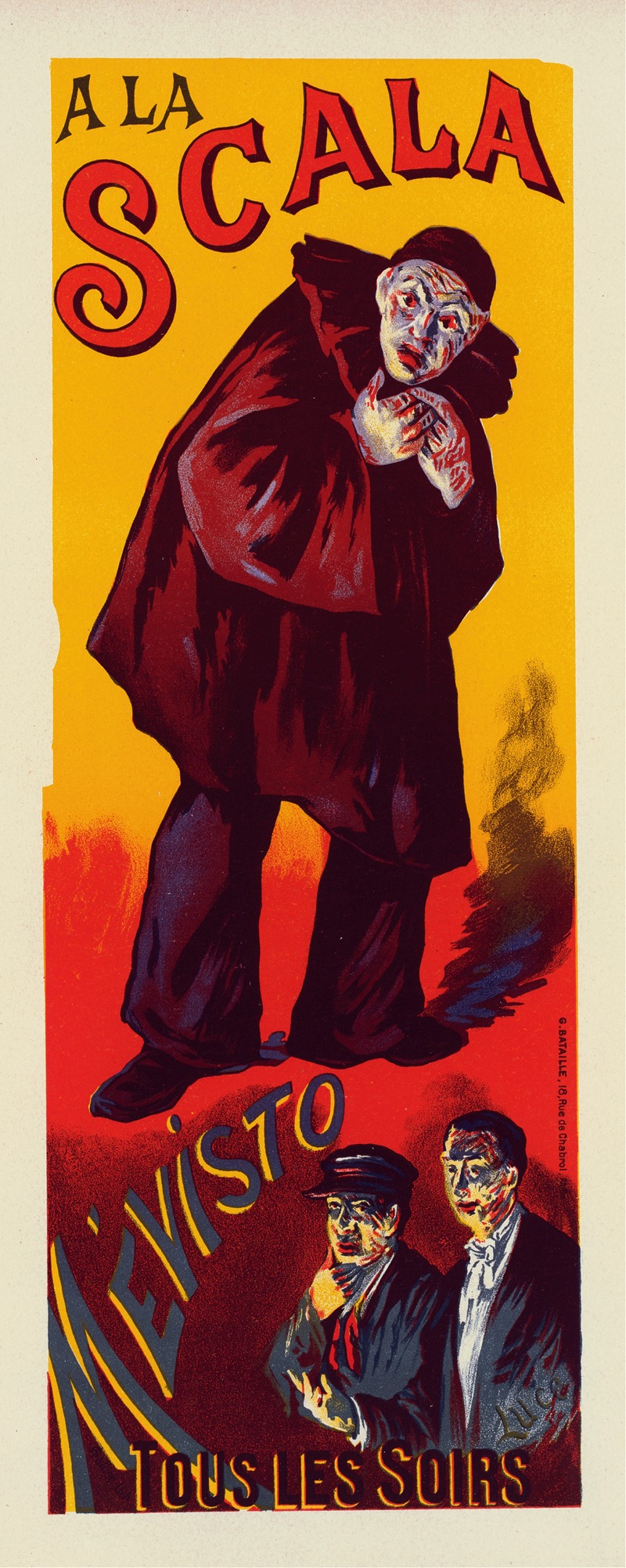
Mévisto
A hand-painted replica of Maximilien Luce’s masterpiece Mévisto, meticulously crafted by professional artists to capture the true essence of the original. Each piece is created with museum-quality canvas and rare mineral pigments, carefully painted by experienced artists with delicate brushstrokes and rich, layered colors to perfectly recreate the texture of the original artwork. Unlike machine-printed reproductions, this hand-painted version brings the painting to life, infused with the artist’s emotions and skill in every stroke. Whether for personal collection or home decoration, it instantly elevates the artistic atmosphere of any space.
Maximilien Luce was a French Neo-Impressionist artist known for his paintings, illustrations, and engravings. Born in Paris on March 13, 1858, Luce was a prominent figure in the Neo-Impressionist movement, which was characterized by the use of pointillism—a technique involving the application of small, distinct dots of color to form an image. Luce's work often depicted scenes of everyday life, landscapes, and portraits, reflecting his interest in social issues and the human condition.
One of Luce's notable works is "Mévisto," a painting that captures the essence of the Parisian entertainment scene during the late 19th and early 20th centuries. Mévisto was the stage name of a popular French singer and actor, Mévisto the Elder (real name: Gustave François Joseph Ferret), who was known for his performances in the cabarets and theaters of Paris. He was a celebrated figure in the world of French entertainment, and his dynamic stage presence made him a favorite among audiences.
Luce's painting "Mévisto" is an example of his ability to convey the vibrancy and energy of the Parisian cultural scene. The artwork is characterized by Luce's signature pointillist technique, which he used to capture the play of light and color in a lively and dynamic manner. Through this technique, Luce was able to depict the atmosphere of the performance, highlighting the interaction between the performer and the audience.
The painting reflects Luce's interest in the social and cultural aspects of life in Paris. By choosing to portray a figure like Mévisto, Luce not only captured the entertainment culture of the time but also commented on the broader social dynamics at play. The cabarets and theaters were places where people from different walks of life came together, and Luce's work often explored these intersections of society.
Maximilien Luce was deeply influenced by the political and social climate of his time. He was an anarchist and often used his art to express his political beliefs. His works frequently depicted the struggles of the working class and the impact of industrialization on society. In "Mévisto," while the focus is on entertainment, there is an underlying acknowledgment of the societal context in which such performances took place.
Luce's contribution to the Neo-Impressionist movement was significant, and his works continue to be celebrated for their technical mastery and social commentary. "Mévisto" stands as a testament to Luce's ability to blend artistic innovation with a keen observation of the world around him. The painting not only captures a moment in the history of French entertainment but also serves as a reflection of the cultural and social milieu of the time.
Today, Luce's works, including "Mévisto," are held in high regard and can be found in various art collections and museums around the world. They continue to be studied and appreciated for their artistic and historical significance, offering insight into the life and times of a pivotal era in French art and culture.





